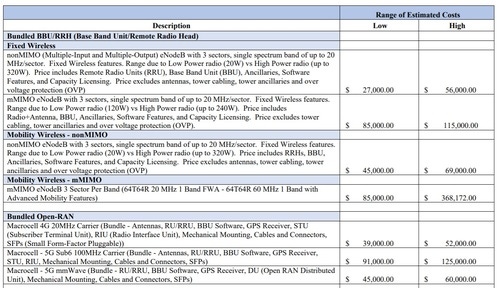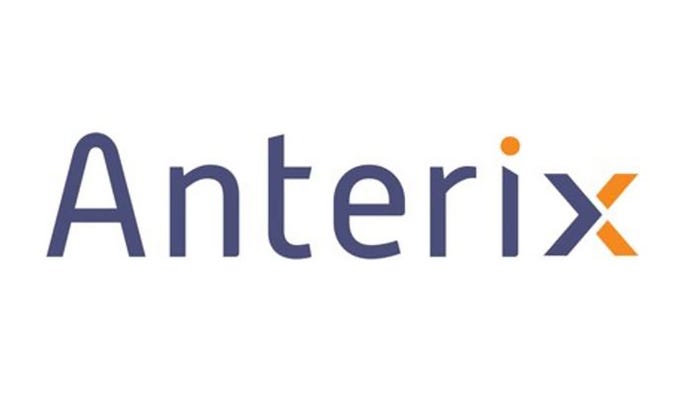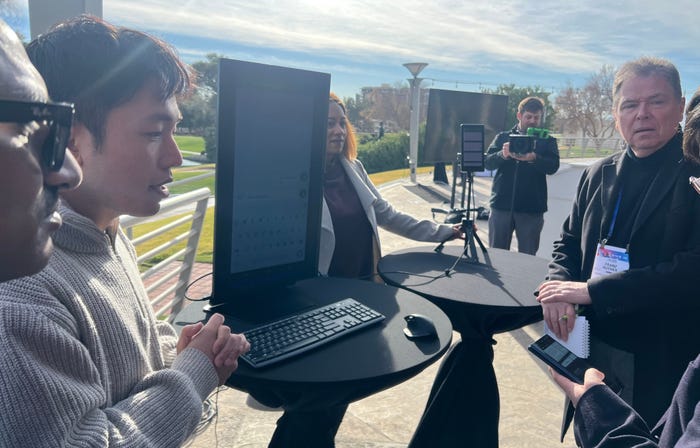Here’s how much a 5G network really costsHere’s how much a 5G network really costs

Have you ever wondered how much a 5G non-standalone Evolved Packet Core for up to 50,000 subscribers costs, including the installation and everything? Sure you have.
It will run you anywhere from $250,000 to $1.2 million, depending on the vendor.
Or what about the software license fee, per subscriber, for a 4G Internet of Things system? That, my friend, could cost between $0.02 per customer all the way up to $1.04 per customer, depending of course on the vendor supplying the license.
But what about a more traditional wireless network equipment purchase? How about the rack-mounted baseband unit (BBU) for an LTE network? That’s just $7,461 (for the cheap stuff) or $54,773 (for the pricy versions).
Yeah, sure, you say. That’s all well and good. But what about network construction costs? You’ll have to factor those in too, right?
That’s certainly true. So here’s the high end of what it might cost you to rent a helicopter that can lift your 5G radios on top of a cell tower: $76,000. (That’s the price for up to 3,200 pounds of equipment and the 6-hour day rate plus the hourly rate. It doesn’t include the setup costs though.)
Brought to you by the US government
Those examples are a handful of the hundreds of wireless network prices recently published by the FCC. The collection of this incredible trove of data was funded by the US taxpayer and assembled by Widelity, which provides business and network engineering and consulting services for telecom operators and others.
“Through our interviews, we have obtained current cost ranges for equipment, software and services from equipment manufacturers and service providers (e.g., tower crews, attorneys, RF engineers, and field engineers),” the company wrote in its new 152-page report. “In some cases, we were either provided a range of costs or quoted different costs for similar equipment or services by multiple sources. In those cases, we provided the range of costs we received. It is possible that tower crews, engineering services and some other costs may rise with high demand.”
Why is the US government funding this work? Widelity is the firm the FCC turned to in order to implement its “rip and replace” program, which targets equipment from Chinese vendors Huawei and ZTE. Congress allocated almost $2 billion to that program in order to pay US wireless network operators like United TelCom, Viaero, James Valley Telecommunications (JVT), NE Colorado Cellular, Union Telephone Company and others to replace their “untrusted” network equipment with equipment from vendors that are not based in China.
But to implement that program, the FCC apparently needs to know how much that replacement equipment is going to cost.
To read the complete article, visit Light Reading.



